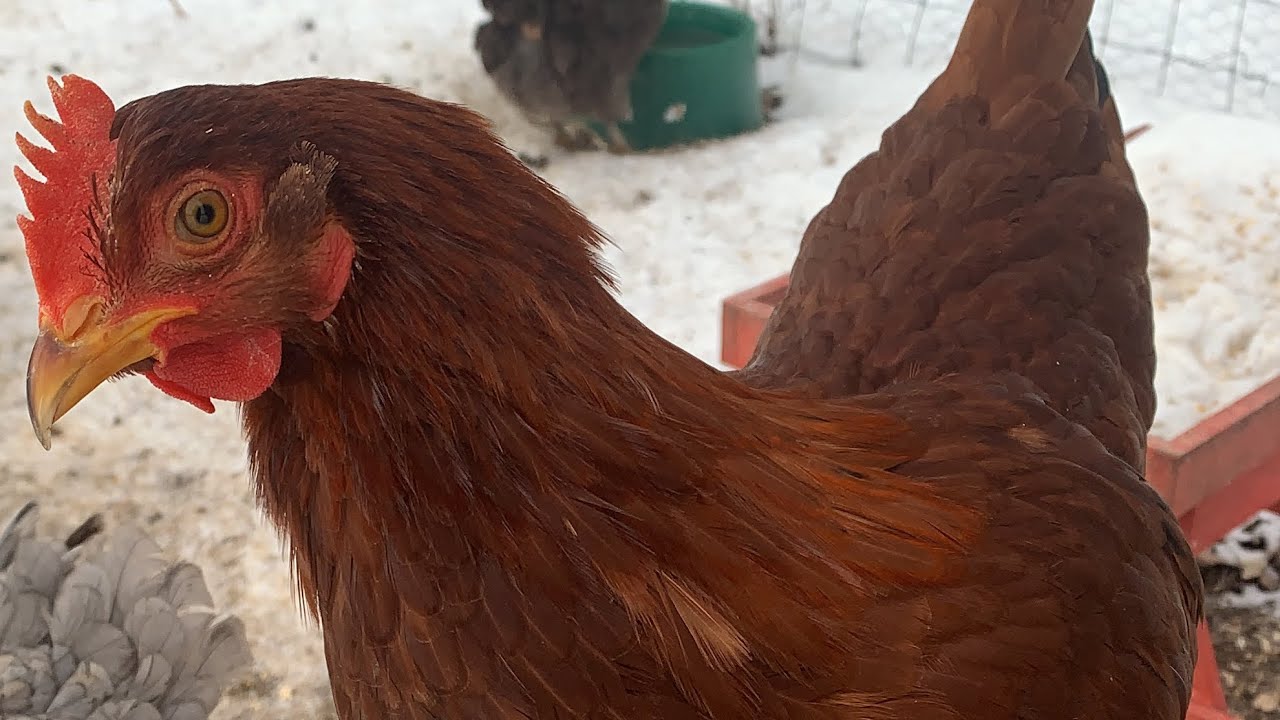Introduction to Mixed Flocks: Leghorns and Rhode Island Reds
Having a mixed flock of Leghorns and Rhode Island Reds can be a rewarding and enjoyable experience for poultry enthusiasts. Both breeds have their unique characteristics, and when combined, they can create a diverse and vibrant flock. In this article, we will explore the compatibility, housing needs, feeding requirements, social dynamics, health considerations, potential benefits, and common challenges of raising Leghorns and Rhode Island Reds together.
Characteristics of Leghorns: A Versatile and Energetic Breed
Leghorns are known for their versatility and high energy levels. They are small to medium-sized birds with a slender build, typically weighing around four to six pounds. Leghorns are excellent foragers and have a strong drive to free-range. They are also known for their prolific egg-laying abilities, producing around 280-320 large white eggs per year. Leghorns have a spirited and active personality, making them a lively addition to any flock.
Rhode Island Reds: Hardy and Dual-Purpose Birds
Rhode Island Reds are a hardy and popular breed known for their dual-purpose capabilities. They are medium to large-sized birds, with mature hens weighing around six to seven pounds. Rhode Island Reds are both excellent egg layers and meat birds, making them a versatile choice for backyard chicken keepers. They lay approximately 200-300 brown eggs annually. These birds have a calm and friendly temperament, making them easy to handle and suitable for mixed flocks.
Understanding the Compatibility of Leghorns and Rhode Island Reds
Leghorns and Rhode Island Reds can generally coexist harmoniously in a mixed flock. While Leghorns can be more active and flighty, Rhode Island Reds are typically more laid-back and docile. This difference in temperament can help balance the dynamics within the flock. However, when introducing new birds, it is crucial to monitor their interactions to ensure compatibility and minimize any potential aggression or bullying.
Factors to Consider Before Mixing Leghorns and Rhode Island Reds
Before mixing Leghorns and Rhode Island Reds, several factors should be considered. These include the size of the coop and run, the availability of nesting boxes, and the adequacy of food and water sources. Leghorns, being more active, may require additional space for exercise and foraging. It is also important to assess the compatibility of the existing flock and the potential impact of introducing new birds. Careful consideration of these factors will help create a suitable environment for a mixed flock.
Evaluating the Housing Needs for a Mixed Flock
To accommodate a mixed flock of Leghorns and Rhode Island Reds, a spacious and secure housing arrangement is essential. The coop and run should provide ample space for both breeds to move around comfortably. The nesting boxes should be adequate in number, ensuring there is enough space for all hens to lay their eggs without overcrowding. Additionally, proper ventilation and protection from predators are vital to maintain the health and safety of the flock.
Feeding Requirements for Leghorns and Rhode Island Reds Together
Both Leghorns and Rhode Island Reds have similar feeding requirements, which simplifies the task of providing a balanced diet for the mixed flock. A high-quality layer feed containing essential nutrients, such as protein, calcium, and vitamins, should be the mainstay of their diet. Offering additional treats, such as fresh fruits and vegetables, can provide added nutrition and enrichment. It is crucial to ensure that all birds have equal access to food and water sources, preventing any potential dominance-related issues.
Managing Social Dynamics within a Mixed Flock
Establishing a harmonious social dynamic within a mixed flock requires careful observation and intervention, if necessary. While both Leghorns and Rhode Island Reds are generally compatible, occasional pecking order disputes may arise during the integration process or when new birds are introduced. Providing multiple feeding and watering stations can help prevent competition and minimize aggression. Regular monitoring of the flock’s behavior and addressing any issues promptly will promote a peaceful and cohesive environment.
Health Considerations for Both Leghorns and Rhode Island Reds
Maintaining the health of Leghorns and Rhode Island Reds is crucial for the overall well-being of the flock. Regular health checks, including monitoring for signs of illness, inspecting feathers, and checking for parasites, should be incorporated into the routine care. Vaccinations and preventive measures against common poultry diseases should be followed as recommended by a veterinarian. Proper sanitation practices, such as regular cleaning of the coop and maintaining hygiene in the feeding and drinking areas, are essential to prevent the spread of diseases.
Potential Benefits of a Mixed Flock: Eggs and Pest Control
One of the significant advantages of keeping a mixed flock of Leghorns and Rhode Island Reds is the potential for increased egg production. Leghorns’ prolific egg-laying abilities combined with Rhode Island Reds’ consistent egg production can result in a bountiful supply of eggs for home consumption or even selling. Additionally, the diverse personalities and foraging abilities of both breeds contribute to effective pest control, as they actively seek out insects and pests, reducing the need for chemical interventions.
Common Challenges and Solutions in Mixed Flocks
While raising a mixed flock of Leghorns and Rhode Island Reds can be highly rewarding, it is essential to be aware of potential challenges. These may include aggression or bullying during the integration process, dominance-related issues, or variations in egg sizes and shell colors. Careful introduction and monitoring, providing an appropriate environment, and maintaining a balanced diet can help address these challenges and ensure the well-being of the flock.
Conclusion: Successfully Raising Leghorns and Rhode Island Reds Together
In conclusion, with proper planning and management, it is definitely possible to have a mixed flock of Leghorns and Rhode Island Reds. These breeds complement each other well, both in terms of temperament and egg production capabilities. By considering factors such as housing, feeding, social dynamics, and health care, poultry keepers can enjoy the benefits of a diverse flock while overcoming potential challenges. With the right approach, a mixed flock of Leghorns and Rhode Island Reds can be a delightful addition to any backyard poultry setup.





